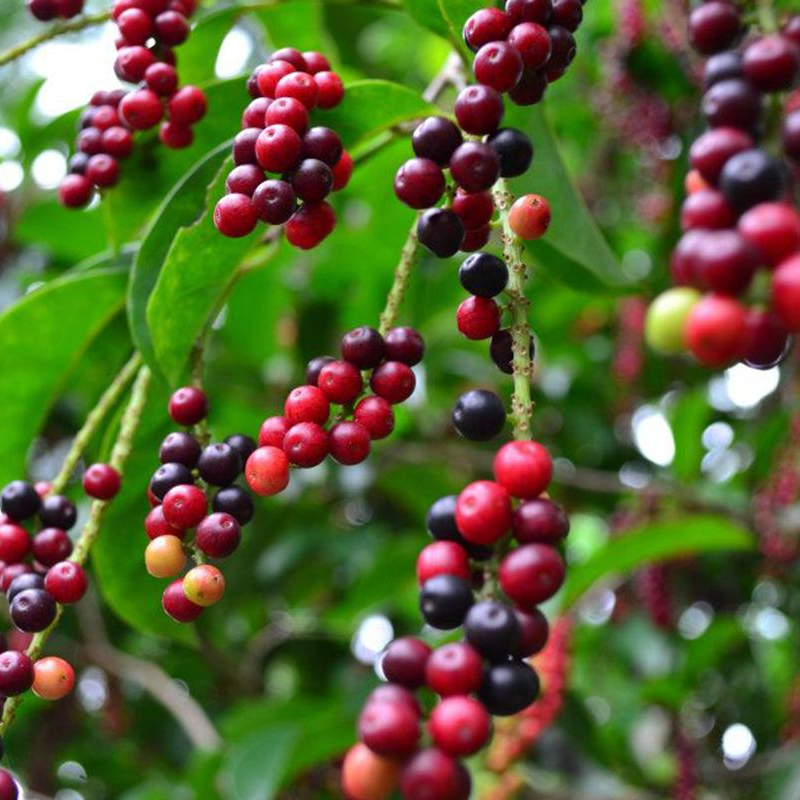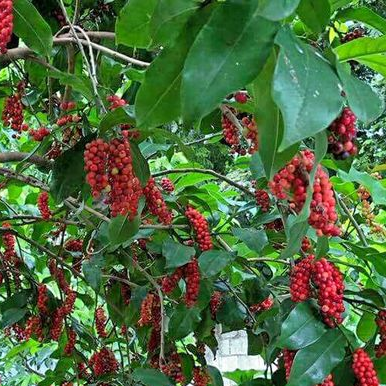rarefruittrees.ae
Bignay (Antidesma Bunius) - Seedling - LIVE PLANT
Bignay (Antidesma Bunius) - Seedling - LIVE PLANT
Couldn't load pickup availability
Plant Insights and Care
Originating from Southeast Asia, the Bignay tree, or Antidesma Bunius, can adapt well to the warm climate of the UAE. The tree prefers full sun exposure to thrive but can withstand partial shade. It flourishes in well-draining, loamy to sandy soil with a slightly acidic to slightly alkaline pH range of 6.0 to 7.5. While the Bignay tree is known for its drought tolerance once established, it appreciates regular watering during its growth phase and the dry season. To promote fruit production and general tree health, it's advisable to incorporate organic compost into the soil and consider balanced fertilization.
Key Points:
- Origin: Southeast Asia.
- Climate: Adaptable to tropical climates, making it suitable for cultivation in the UAE.
- Sun Exposure: Full sun to partial shade.
- Soil: Well-draining, loamy to sandy soil with a pH range of 6.0 to 7.5.
Fruit Profile
Bignay fruit clusters are a sight to behold, with small, berry-like fruits turning from green to red and eventually to black as they ripen. Each fruit is about the size of a small grape and houses a single seed. The taste of Bignay is tangy when underripe but sweetens as it matures. It's known for its antioxidant properties, often likened to those found in cranberries. The fruit can be eaten fresh, although it's more commonly used to make jellies, jams, wines, and other beverages due to its unique tartness. Its nutritional offerings include vitamins, minerals, and antioxidants which contribute to a healthful diet.
Key Points:
- Taste: Tangy when underripe, sweetening as it matures.
- Culinary Applications: Consumed fresh or used in making jellies, jams, wines, and beverages.
- Nutritional Value: Known for its antioxidant properties, and contains vitamins and minerals.
Share




